Hypotenuse AI: The AI Content Writer Can Truly Write in Your Voice? [2025]
Editorial Note: We earn a commission from partner links. Commissions do not affect our editors' opinions or evaluations.
Updated December 13, 2024
Published March 9, 2024
![Hypotenuse AI: The AI Content Writer Can Truly Write in Your Voice? [2025]](https://cdn.sanity.io/images/isy356iq/production/db00ce44b7f69c17369281695d40e44264eda853-1200x800.jpg?h=260)
Our Verdict
We recommend Hypotenuse AI primarily for creating text-based content. This includes articles and blog posts. We found that the AI created high-quality conversation content that reads just like a human wrote it.
We were also impressed with how well the platform handled Search Engine Optimization (SEO). It gave a score based on actual SEO rules. It even provided suggestions for optimizing the content, and did the optimization for us in many instances.
We scored Hypotenuse AI 4.7/5 for how well it streamlined our writing process, including generating titles, outlines, and the content itself. We also had a great experience with the platform’s other features, including the SEO helper, image generator, and HypoDoc which reads and answers questions about your documents.
Best For
Quickly creating SEO-optimized content with little technical experience
Pricing
Start at $29/mo. or $24/mo. billed annually
Free Trial
Seven-day free trial available
Pros
- Easy to use
- Built-in chat
- Multiple AI tools
- Good quality output
Cons
- Limited text formatting options
- Basic SEO
AI Features
4.7
AI Content Quality
4.7
Speed & Convenience
4.6
Ease Of Use
4.7
What Is Hypotenuse AI?
Hypotenuse AI is foremost an AI content writer. It is designed to understand your brand and write in your voice. For enterprise users, you can send your brand guidelines and past writing to Hypotenuse AI. They’ll train the AI specifically to write in your voice.
For general users, however, the AI provides good-quality first drafts that require minimal editing. The AI writes everything, including titles, outlines, and the content. It’ll even provide citations and suggest topics to cover based on the top-performing content for your keywords or topics.
Plus, the SEO checker analyzes your content for basic SEO best practices. It looks at things like titles, readability, keyword density, and six other professional SEO rules. It’ll also propose remedies and make adjustments if you want.
You can also create numerous content types, including product descriptions, emails, social media posts, and more. Hypotenuse AI provides additional useful AI features, including an image generator, an AI that can read, understand, and answer questions about your PDF, a built-in chatbot, and much more.
Is Hypotenuse AI Right For Your Team?
We recommend Hypotenuse AI for the following use cases:
- Creating blog content from scratch with AI
- Optimizing content for SEO fundamentals
- Generating images for your content
- Improving your content with AI
- Writing product descriptions and social media posts at scale
However, Hypotenuse AI might not be the best option in these instances:
- You need an advanced built-in document editor
- You require an advanced SEO tool
Pros & Cons of Hypotenuse AI
Pros
Easy to use
Hypotenuse is easy to use, even for those new to AI tools. The platform is intuitively designed, with all your tools conveniently located on the dashboard.
Built-in chat
The platform has a built-in chat feature called HypoChat. You can ask it any question, and it’ll answer near-instantly. It also provides up-to-date information, including citations.
Multiple AI tools
There are multiple AI tools for different types of content creation. Whether you want to create a blog post, optimize the post for SEO, or generate images for your content, you’ll find this and more.
Good quality output
Hypotenuse AI consistently puts out good quality content. This includes blog posts, outlines, images, social media posts, and more.
Cons
Limited text formatting options
Hypotenuse AI text editor isn’t quite at the level of Google Docs. You can’t change fonts or font size, italicize, underline your text, and so on.
Basic SEO
SEO-savvy users will miss the advanced features dedicated tools like Ahrefs offer. These include detailed competitor insights, backlink suggestions and reports, traffic analytics, and more.
Getting Started With Hypotenuse AI
To get started with Hypotenuse AI, visit Hypotenuse.ai and click “Try it free”. You’ll get a seven-day free trial to test the platform before deciding if it’s for you.
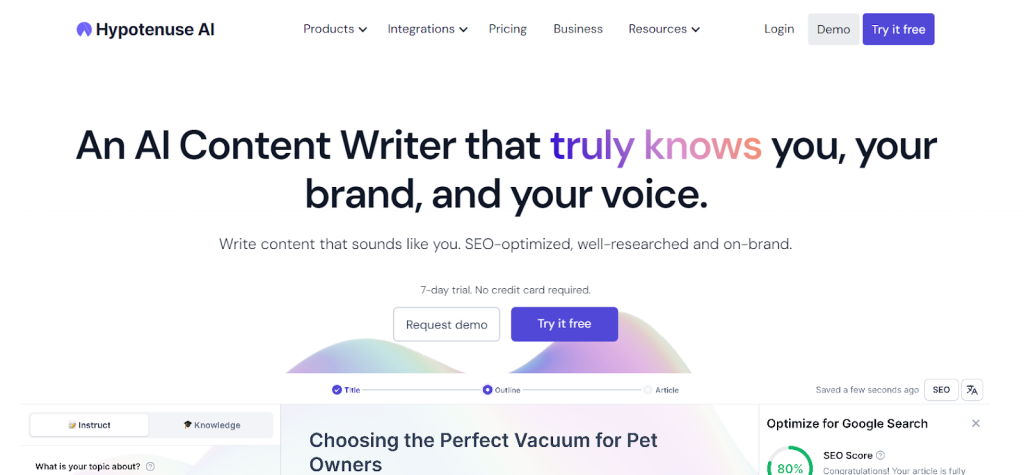
Enter your email and password to create your account. You can also sign up directly with your Google account.
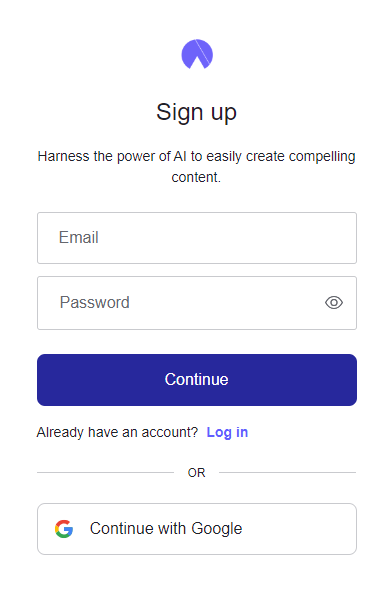
Hypotenuse AI will ask you a few onboarding questions. These are designed to help the platform customize your experience.

You’ll land on the dashboard, where you can explore the Hypotenuse AI tools and create your first project.
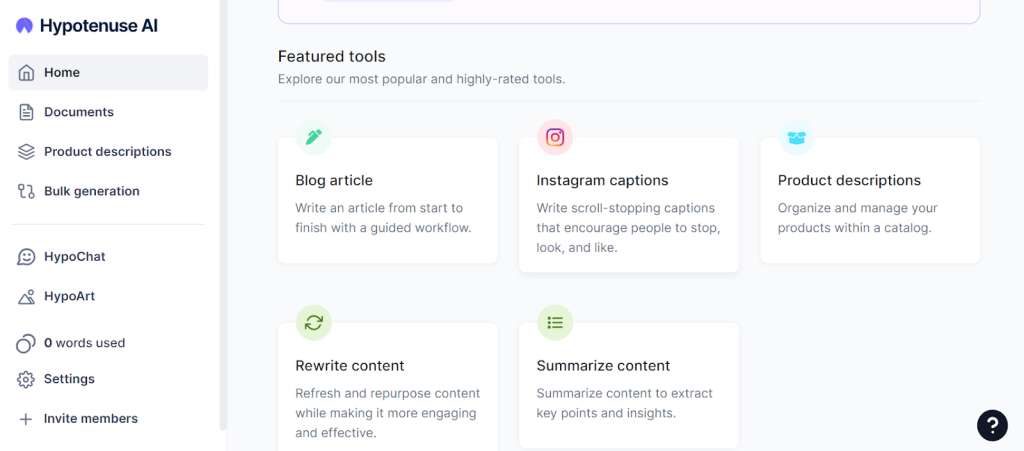
Let’s see what Hypotenuse AI has to offer!
Blog Article
Hypotenuse AI has an AI blog article writer feature that lets you write blog posts from scratch with AI.
Open “Blog Article” from your dashboard and enter your topic in the prompt box. The AI also lets you add keywords if you like. This feature is useful for users who want to create Search Engine Optimized (SEO) articles.

We asked the AI to create an 800-word blog post about time management tips for college students.
First, the AI-generated a few title ideas for us to pick from. However, most of these titles we think were too long and would be cut off on desktop and mobile.

Next, the AI generated an outline based on the title we chose. It was a good outline that was consistently on-topic. The outline also covered solid time management techniques.

A cool thing about the Blog Writer is you can turn on SEO mode and the AI will pull ideas from Google’s “people also ask” section. You can add these to your outline to ensure you’re covering topics people are searching for.
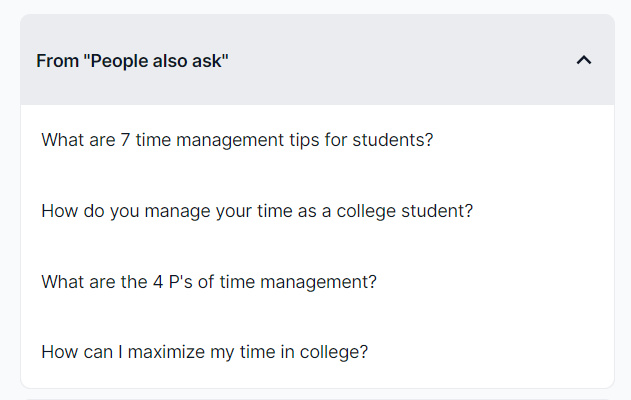
The AI will even give you sources to use for further research or to cite in your article. This is a lot more help than you get with ChatGPT or similar AIs. You can tell this feature is specifically designed for content writers.

For the article itself, Hypotenuse did a good job. It was conversational and read just like a human wrote it.
The article also expressed emotion, which you don’t always get with AI-generated content. For example, this article sympathized with the reader’s struggle of juggling classes, studying, and extracurriculars.

The AI also created a strong conclusion. It provided a nice recap of the entire article.

Overall, Hypotenuse has a strong AI blog writing tool. We only have minor complaints. We wanted an 800-word blog article, but the AI created a 2,659-word post. That means we’d have to go through the article and cut out a lot of the excess content, which means more editing time.
There were also a few formatting issues. In this example, the AI added random characters to the content.
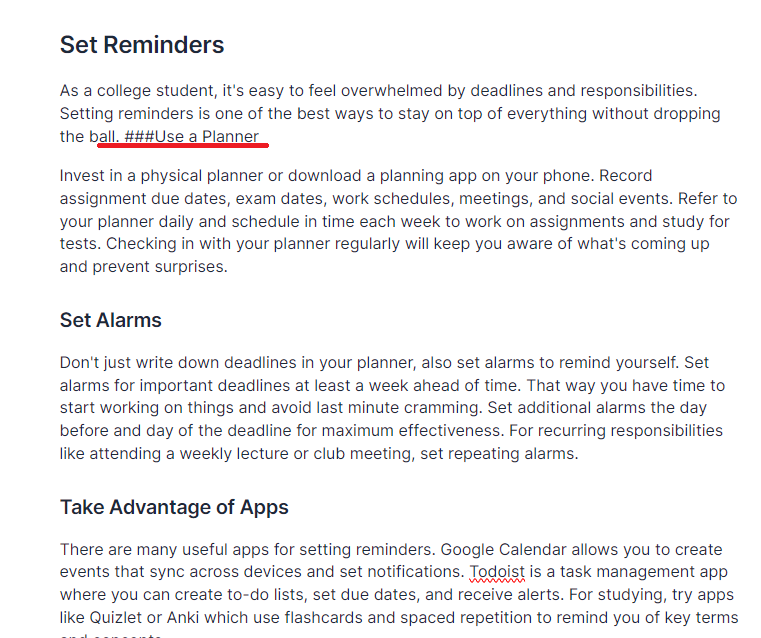
The AI created a wonderful FAQ section, but it wasn’t formatted correctly. The headings were mixed up with the actual content.

We’d have also liked more text formatting options in the Hypotenuse AI editor. You can only create lists and not much else. This means you’ll need to copy and paste your content into a document editor like Google Docs to change the font, underline, italicize, and so on.
All things considered, Blog Writer is a terrific tool for creating content from scratch. The AI can pull information like citations and “people also ask” content to help you strengthen your articles. In short, aside from a few minor hiccups, Hypotenuse AI generates good-quality first drafts that you can edit to make publish-ready.
SEO Helper
“SEO Helper” is Hypotenuse’s AI Search Engine Optimization (SEO) tool. It scores your content for SEO and suggests improvements to increase your score. The SEO Helper is available in the Editor.
It’s a useful feature for increasing the chances that the AI-generated content performs well in search engines. This is especially important if you don’t have a lot of technical experience or skill with SEO writing.
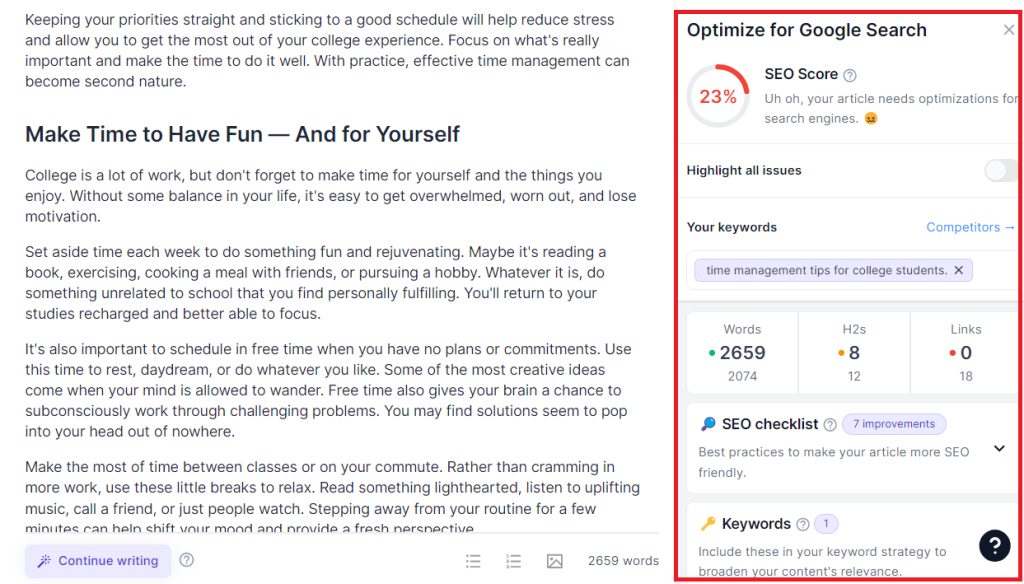
You can ask it to highlight the SEO issues in your article. Simply toggle this option in the left menu.
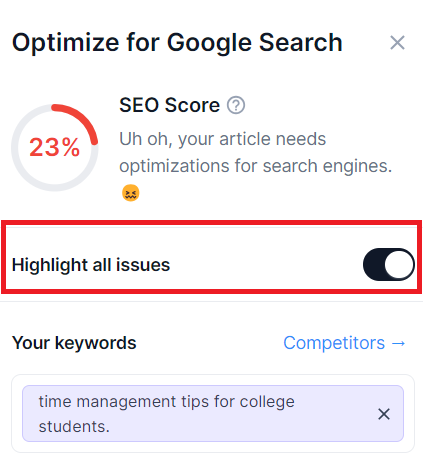
We especially liked the highlight feature because it directs your attention to the exact place where you need to optimize your content. Plus, clicking the highlighted section tells you what you need to improve.
Plus, you can also ask the AI to fix the issue for you.
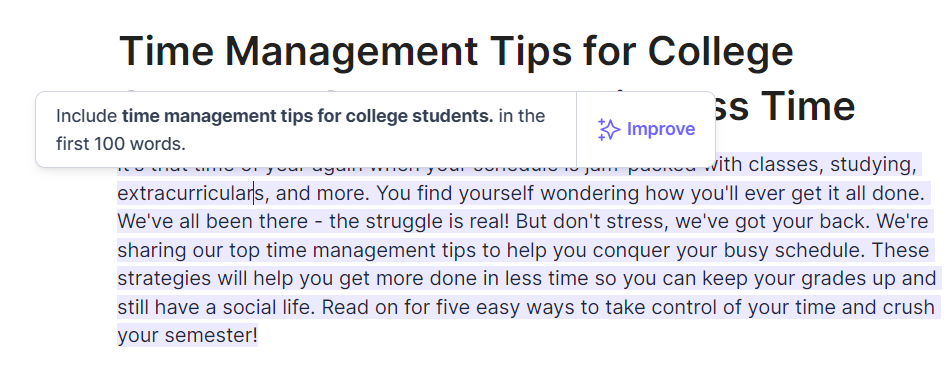
You can also click the “SEO Checklist” on the right to see an overview of all issues. Again, this is a neat feature for getting a quick look at everything you need to do to improve SEO.

Again, you can click on any of these issues and Hypotenuse AI will fix it for you. In this example, the AI suggested that we should create a LinkedIn or Instagram post so more people would see it and share it.
Here’s the LinkedIn post the AI-generated in just one click. It didn’t take more than a minute to create the post.
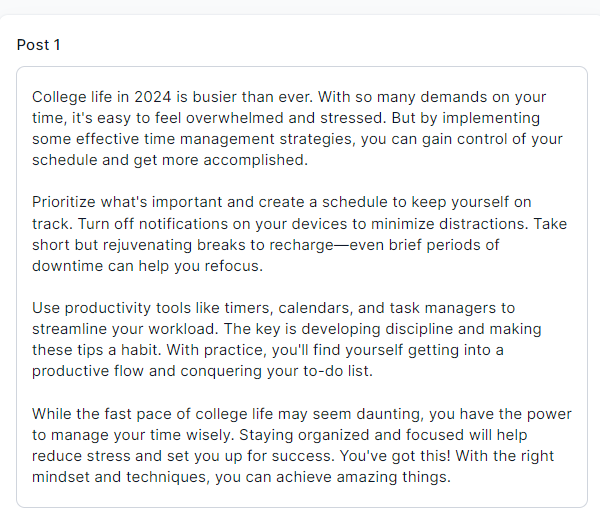
The generated LinkedIn post was concise but still provided useful tips. It was also conversational and read as if a human had written it.
Finally, you can click the “Competitor” option in the right menu to see your competitors. These are the articles that rank high on Google for your keyword or topic. You can review these posts to get inspiration for improving your content.
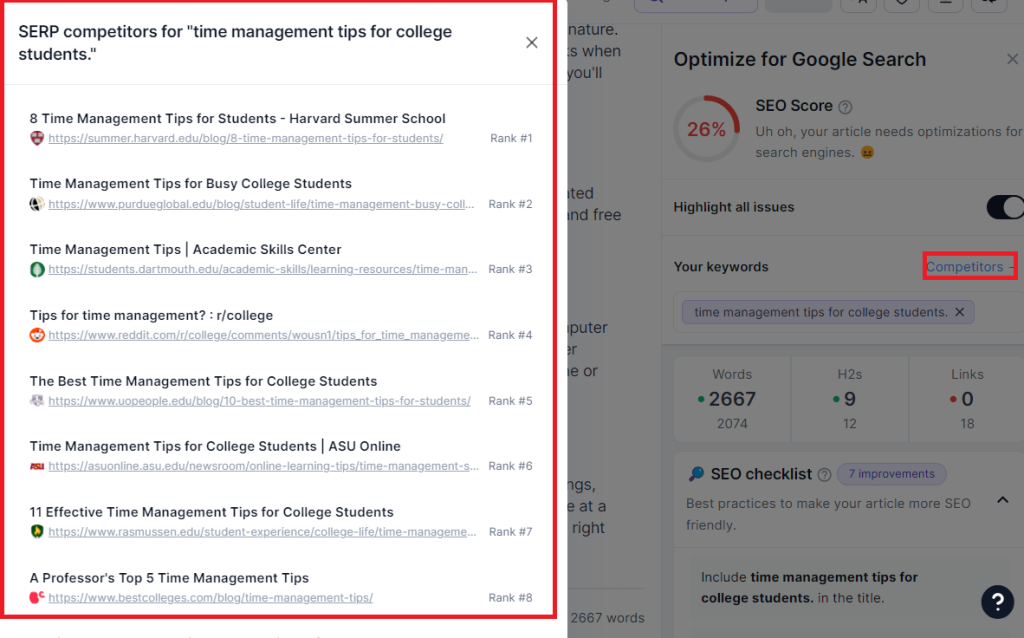
If you’re wondering how the SEO checker can do all this, Hypotenuse AI uses a professional set of SEO rules to compute your score. The tool scores your content based on multiple SEO criteria, including Titles, Readability, Keyword density, Coherence, and more.
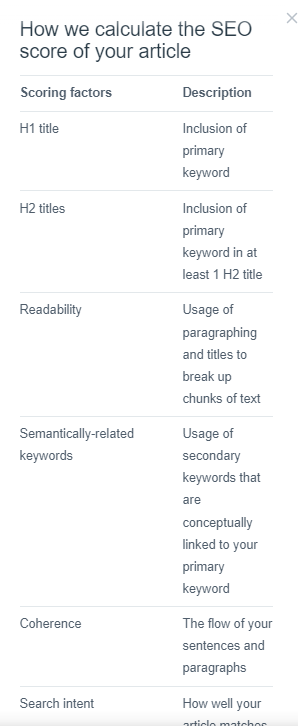
The SEO Helper isn’t as advanced as dedicated tools like Ahrefs and Semrush. For example, you can’t analyze your competitor’s articles to see where they got right. However, most beginners won’t need this level of analysis.
Overall, we loved the SEO tool that Hypotenuse provides to optimize the AI-generated content. Not all AI writing tools go to this length to ensure the generated content is optimized for search engines. The tool was also very easy to use and provided solid tips and recommendations to improve our content.
HypoDoc AI
The HypoDoc AI tool lets you upload PDFs, and it’ll read the documents for you. Then, ask the AI any question about the document and it should answer correctly.
Open “HypoDoc” from your dashboard and upload your PDF. For this test, we generated a fictitious operational procedures manualusing ChatGPT.
The idea was to feed HypoDoc with very specific information that it could only find in our document. Just to make sure the AI wouldn’t source answers elsewhere, such as online.

The AI immediately summarized our document without any prompting from us. The summary immediately indicated that the AI understood what our document was about. Plus, the AI even suggested a few questions to ask it.
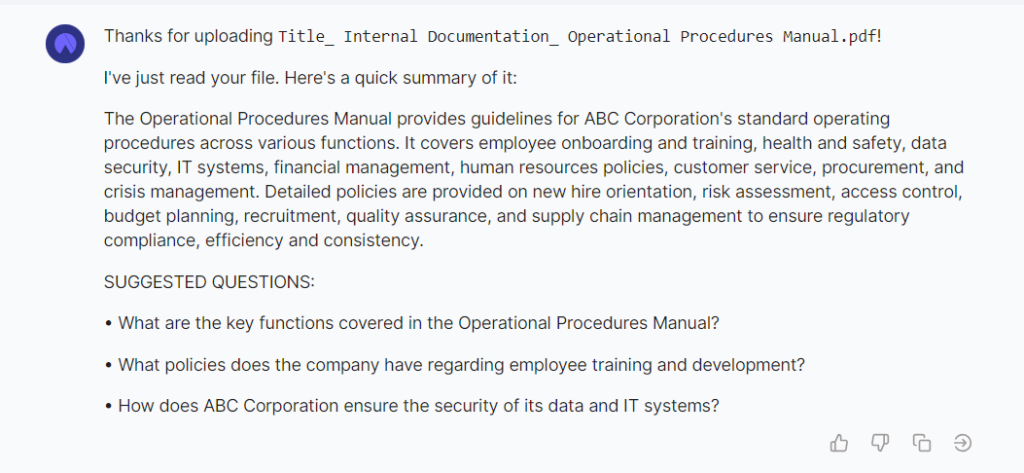
We opted for our questions, first asking the HypoDoc the effective date for the Workplace Health and Safety chapter.
The answer is March 1, 2023, and the AI got it right. It was also quick, taking only a few seconds to answer.

We asked the AI ten other questions based on our document. HypoDoc provided the correct answer each time.

What’s more impressive is that HypoDoc didn’t take the easy way out and provide short, pointed answers. Instead, it provided detailed responses, providing terrific context to better understand the answer.
In this question, for example, the answer “regularly” would have been good enough. However, HypoDoc provided crucial details to answer the question conclusively.

The best part is you can ask the AI chat anything and not just what is in your documents. In this example, the AI correctly answered Elon Musk’s birthdate.

Additionally, the AI chat provides up-to-date information, including sources. We asked it a trick question about who owns Twitter. The AI correctly identified the new owner, including the fact that the company was renamed X Corp.
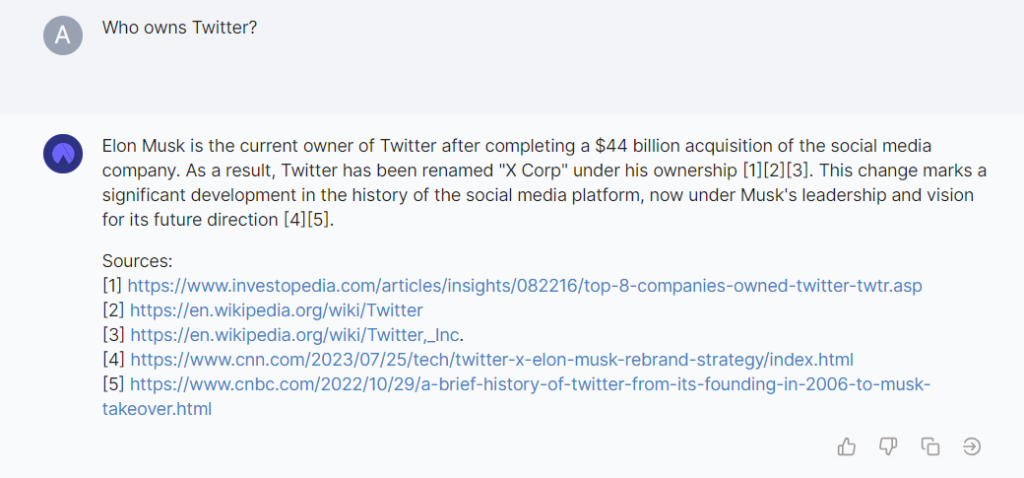
So whether you need to find specific information in a document, or are looking for additional information to supplement your documents, HypoDoc has you covered.
Overall, we were impressed by how well HypoDoc understood our document. It’s certainly a useful feature if you need to quickly find information without manually going through numerous documents or pages. It’s especially useful if you regularly work with contracts, reports, and other extensive documents.
HypoArt
HypoArt is a text-to-image generator. It lets you create images from a text description. It’s a useful feature to have if you need to create unique images for your content.
Open “HypoArt” from the left menu and enter your prompt.
We asked the AI to generate an image of a lioness in the savanna. We used a very detailed prompt to see how well the AI understood instructions.

The result was impressive. The AI created a beautiful photorealistic image almost exactly as described in the prompt.

What we really liked, though, is that HypoArt can take you step by step creating your image. This option is perfect if you’re not comfortable writing detailed prompts, like in our above example.
Simply enter whatever you have in mind in the prompt box. HypoArt will take you through the rest of the process. For example, it’ll ask you to choose an image type.
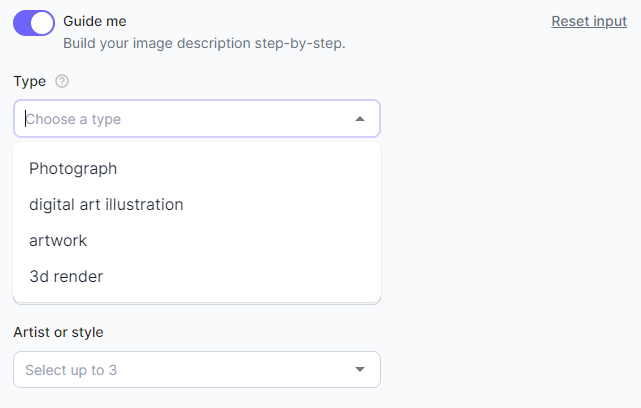
You’ll also pick an aesthetic, mood and lighting, and artist or style. This option makes it much easier to bring your vision to life without including every single detail in the prompt box.
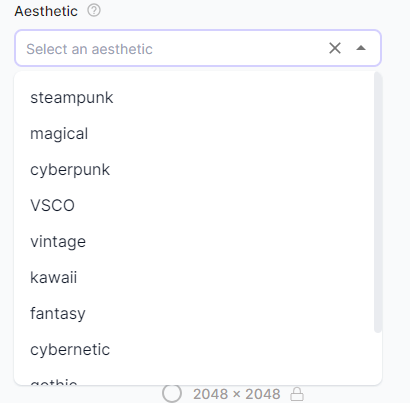
We were also impressed by the variety of images you can create with this AI. There are tons of styles and combinations to pick from.
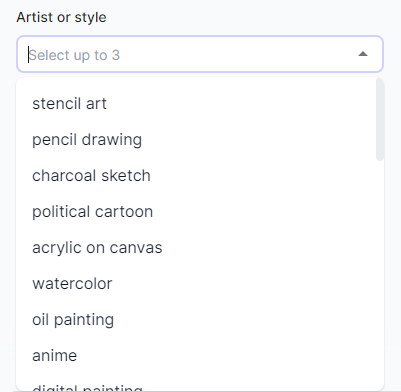
For example, we created this image by combining 3d render + steampunk + dramatic backlighting. It’s a beautiful, unique, high-quality image created from just a text prompt.

We also created a pencil sketch-style image with HypoArt. We enjoyed the creative freedom to experiment with different styles, moods, and lighting.

We enjoyed working with HypoArt mostly because of how easy it was to create high-quality images. The AI lets you choose different moods, lighting, and styles to get the aesthetic you’re looking for. Plus, the image quality was consistently great.
Pricing
Hypotenuse AI has three pricing plans. There’s also a limited seven-day free trial to test the platform before you purchase a subscription.

The Individual plan costs $29 per month, billed monthly. It is designed for lone creators and marketers. It supports one user, allows five HypoDoc uploads, and comes with templates. You can save 17% with an annual subscription ($24 per month).
The Teams plan costs $59 per month with monthly billing. It offers 30 HypoDoc uploads, bulk workflows, high-quality AI images, and more. This plan is designed for teams collaborating across projects.
Finally, the Enterprise plan is designed for custom needs. You get annual license-based pricing, SEO mode, company knowledge, and more. You’ll have to contact sales to request a custom quote.
Closing Notes on Hypotenuse AI
We recommend Hypotenuse AI if you want to improve your written content. It’ll help you with your content strategy beyond generating outlines and blog posts. This platform will also help you optimize for SEO.
And, from the promotion side of things, the AI quickly creates social media posts to promote your content. Overall, Hypotenuse AI is easy to use and affordably priced, so there’s no reason not to try it.
Frequently Asked Questions
Share This Post
Ada Rivers
Ada Rivers is a senior writer and marketer with a Master’s in Global Marketing. She enjoys helping businesses reach their audience. In her free time, she likes hiking, cooking, and practicing yoga.
Allow cookies
This website uses cookies to enhance the user experience and for essential analytics purposes. By continuing to use the site, you agree to our use of cookies.



![Writesonic: What is It and a Detailed Review [2025]](https://cdn.sanity.io/images/isy356iq/production/844eba596ba3b4d503bcbf691166bfc868fc495d-1200x800.png?h=200)










![Jotbot AI: The Best AI Assistant for Writers and Researchers? [2025]](https://cdn.sanity.io/images/isy356iq/production/3056b3b8ecb28abeca489236b7458562078b1810-1200x800.jpg?h=200)
![Blaze AI: Will It Help You Produce High-Quality Content Faster? [2025]](https://cdn.sanity.io/images/isy356iq/production/a9fd45b734d313edb4e89a1873f3aeeaa42d991a-1200x800.png?h=200)